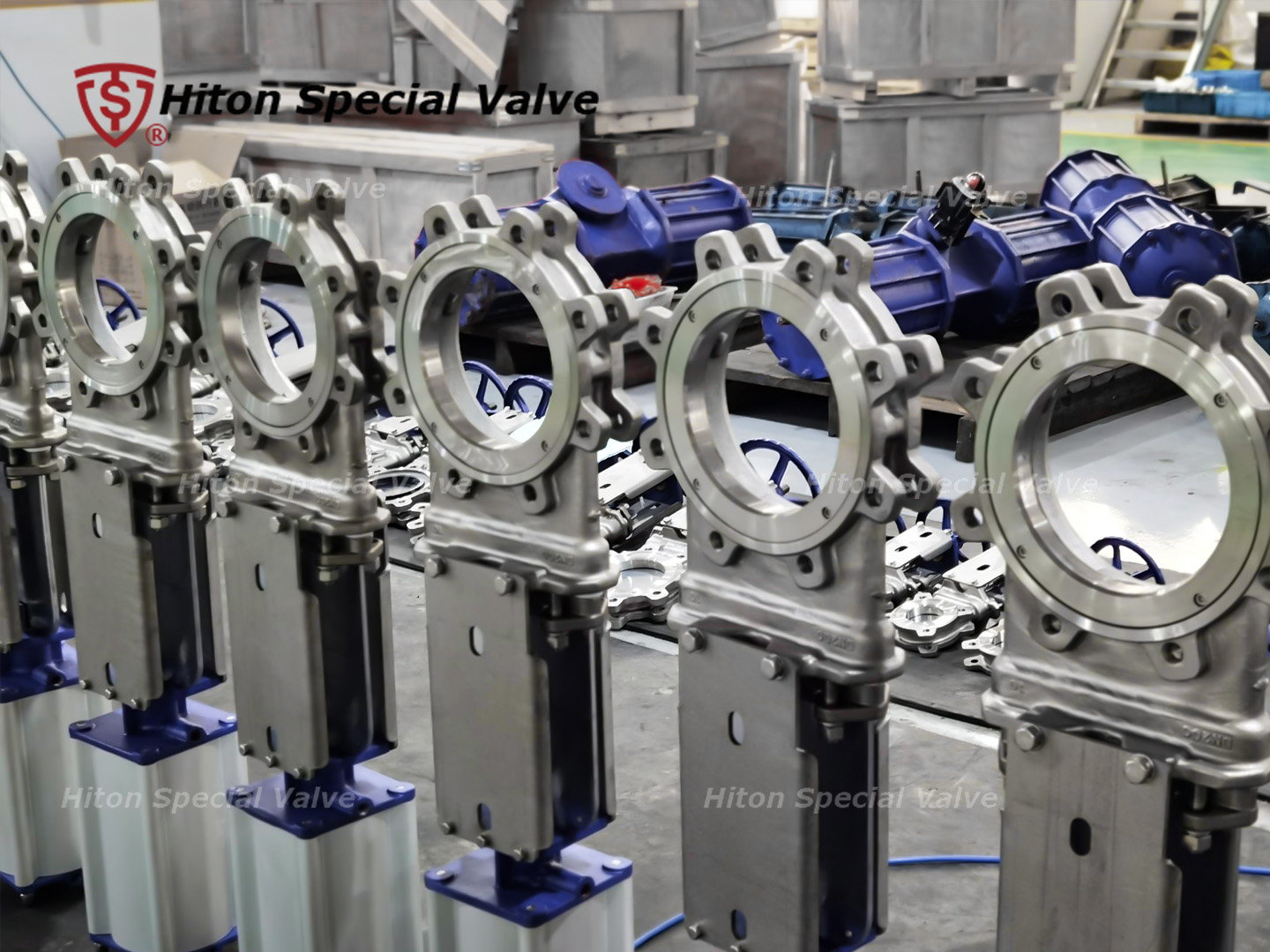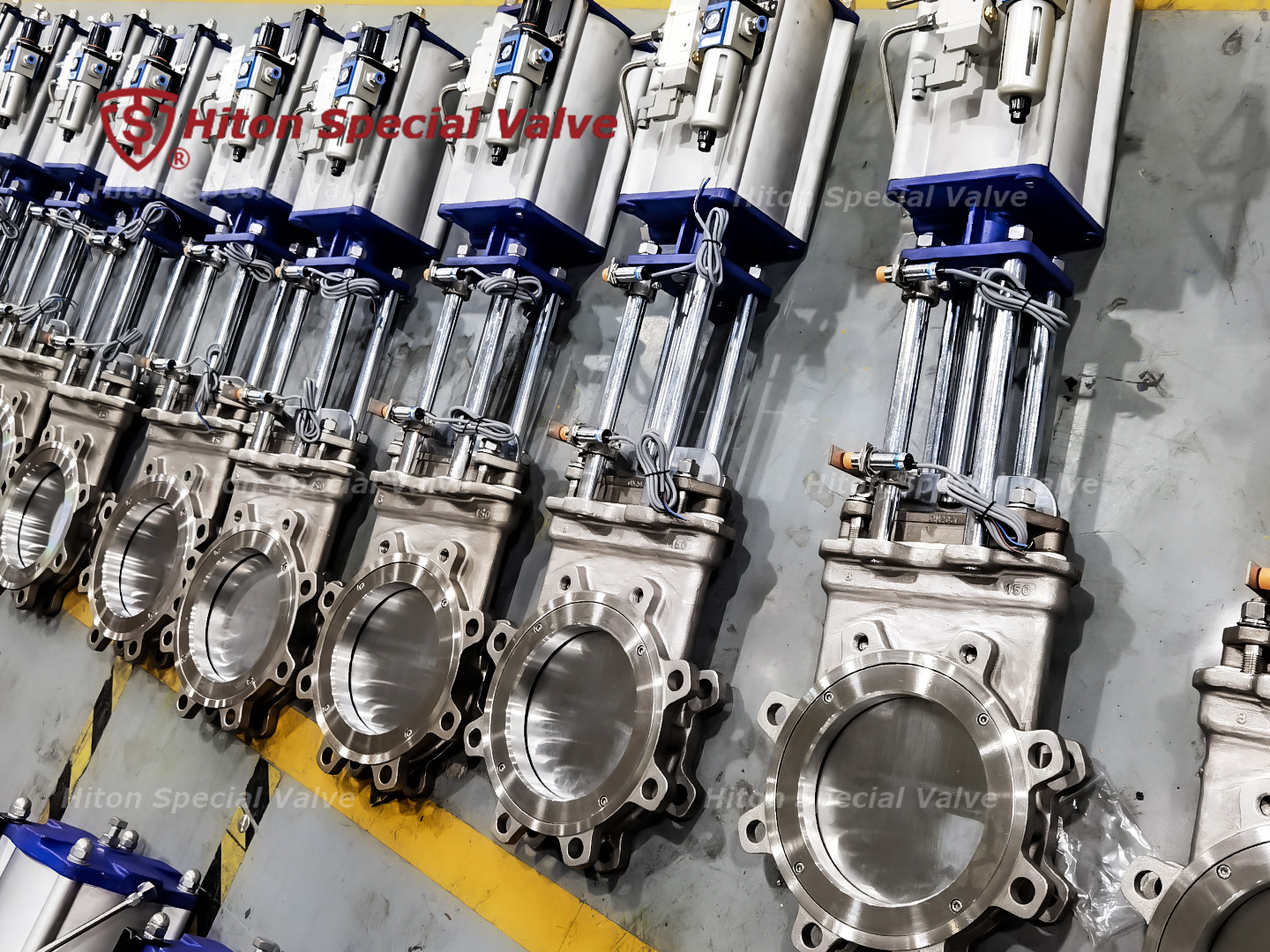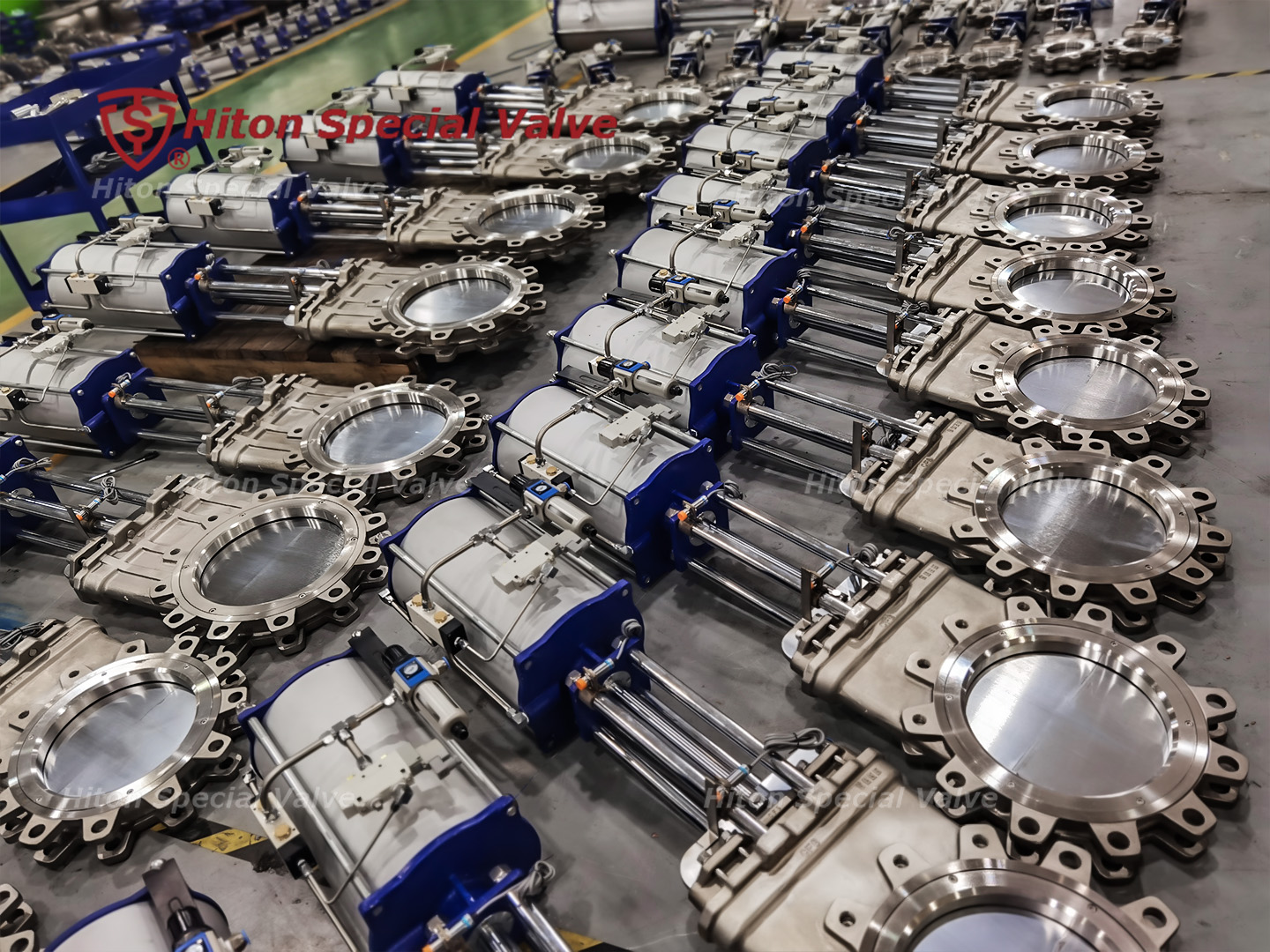Knife gate valves have the following process features:
Valve Body Design: The valve body of a knife gate valve is typically square or rectangular, matching the blade shape for efficient fluid shut-off.
Blade Design: The key component of a knife gate valve is the blade, usually made of metal. The design of the blade affects the valve's sealing and shut-off performance.

Sealing Method: Knife gate valves commonly employ a metal-to-metal sealing method to ensure effective sealing in the closed state. Sealing is crucial for the normal operation and fluid control of the valve.
Seat Design: The seat is another critical part of knife gate valves, ensuring effective sealing when in the closed position. Seat design should consider both sealing performance and wear resistance.
Drive Mechanism: Knife gate valves can be manually operated or controlled automatically using electric actuators or pneumatic actuators. The choice of the appropriate drive mechanism depends on specific application requirements.

Material Selection: Knife gate valves typically use corrosion-resistant, high-temperature-resistant, and wear-resistant materials to meet the demands of different operating conditions.
Fluid Control Performance: Knife gate valves can provide a large flow area, making them suitable for applications that require high flow rates.
Their rapid switching characteristics make them widely used in applications that require quickly shutting off fluid flow.

Valve Operation Performance: Knife gate valves can generally open or close rapidly, making them suitable for fluid control systems that require a quick response.
These are general process features of knife gate valves. The specific process design will also depend on factors such as application scenarios, working media,
operating pressures, and temperatures. When selecting and using knife gate valves, it's essential to consider the specific engineering requirements for proper configuration.


















